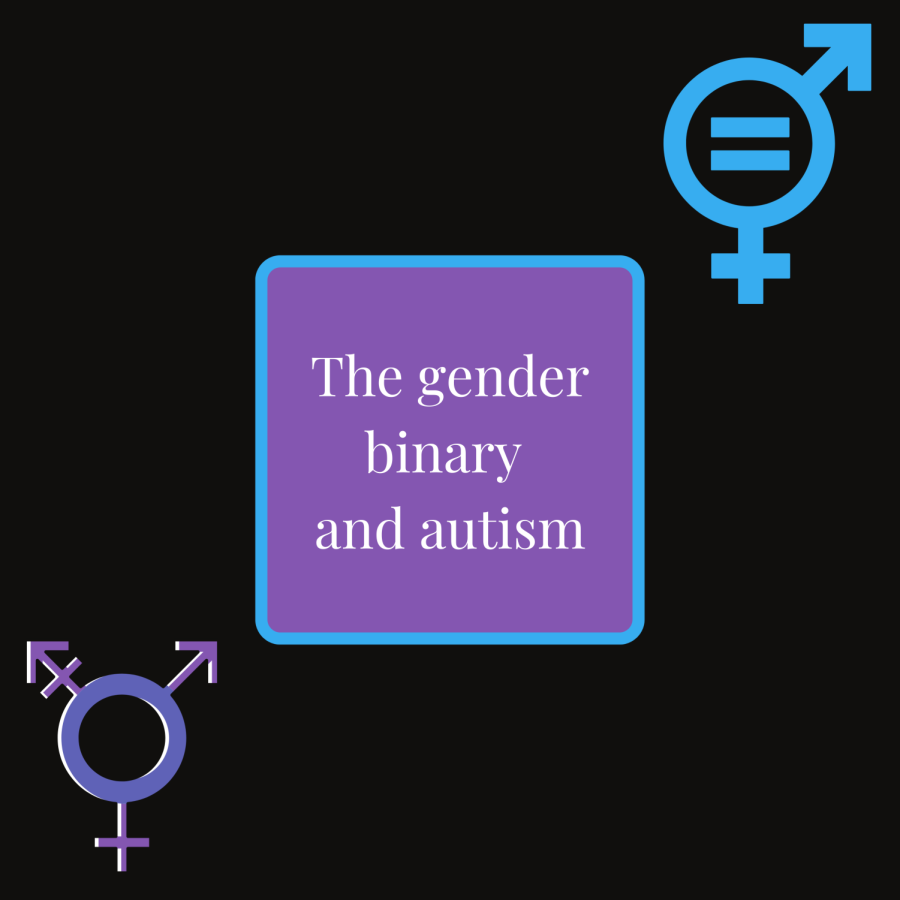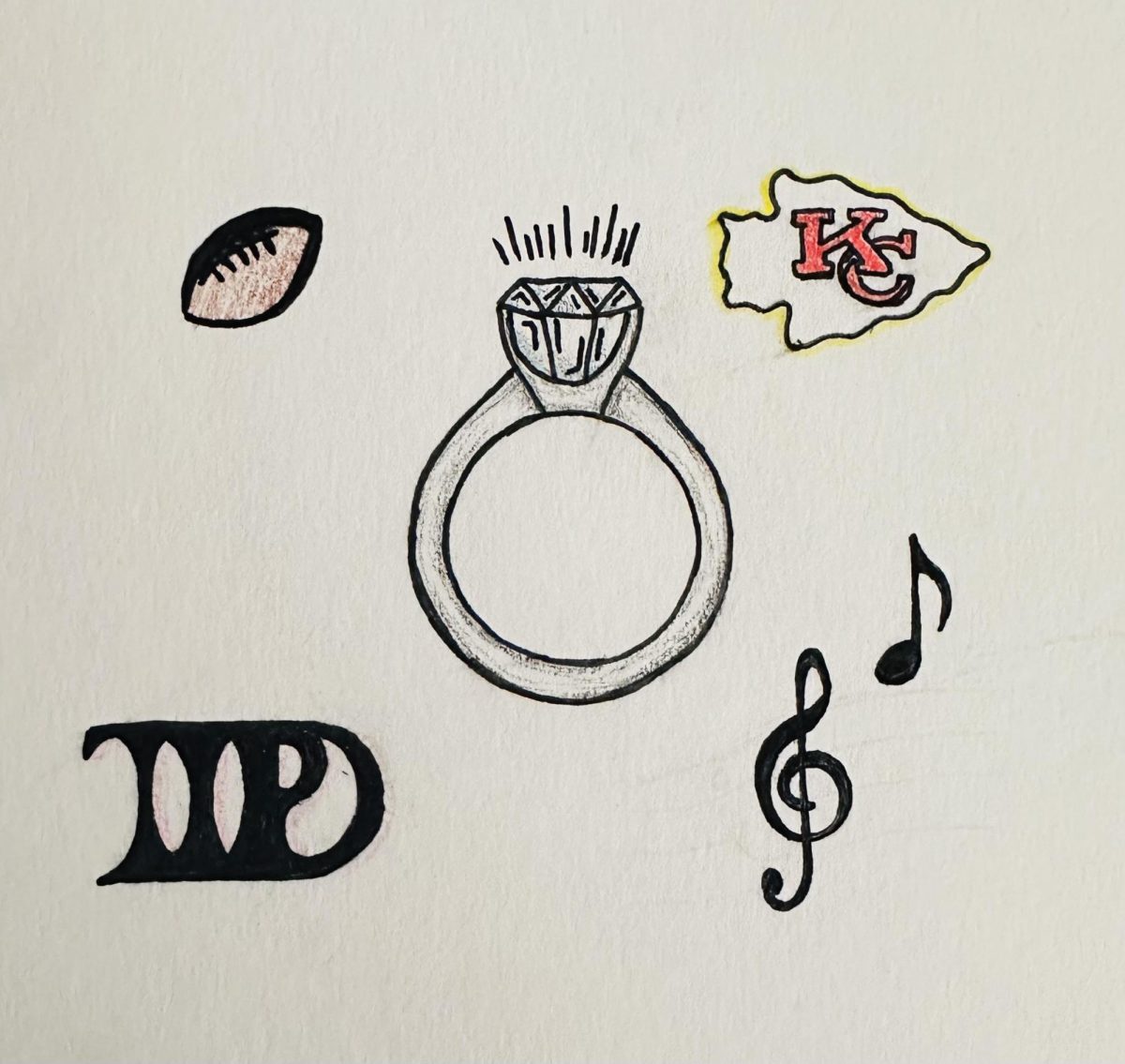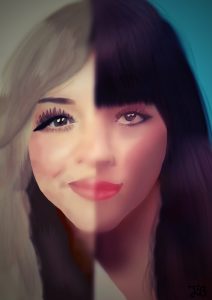The gender binary and autism
May 25, 2022
This previously ran in our April 2022 print issue.
Gender is a complex social structure that doesn’t fit into a binary model. Society’s expectations for behavior are based on what has been deemed as fitting into the gender norm; what is masculine and what is feminine. These expectations are ever-changing, making conforming to them especially challenging. How can you fit in when the premise of gender as a whole is never truly clear-cut?
Whether you like it or not, gender identity, gender roles, and gender expression majorly impact our day-to-day lives. They have an influence on things as small as what we wear to as big as how we are perceived by those around us. This is no different for those who are neurotypical. Much like gender is a spectrum, so is autism. Autism is a diverse spectrum and gender is just yet another continuation of this. So many different identities fall under it, there is no right or wrong, leaving much room to explore. In a study published by Nature Communications, they found that “transgender and gender-diverse individuals have elevated rates of autism diagnosis, related neurodevelopmental and psychiatric conditions, and autistic traits compared to cisgender individuals.”
Lemons, who is both autistic and nonbinary, started thinking about gender from a young age, saying “I just, I didn’t ever get gender roles and it never really made sense to me.”
Gender can be experienced differently among those who have autism, as the binary that society has created doesn’t work for those who don’t fall into it. Labels can be equally helpful and harmful; useful and painfully confusing. Lemons explained gender as a nagging in the back of their head that was always there. It wasn’t at the forefront of thought, but there was also never a time it wasn’t present.
“I just always thought it was a really foreign concept that just didn’t have any basis in reality since it was just like, people can choose,” Lemons said. “It just never really made sense to me why people felt secure in their bodies.”
Lemons was experiencing something called gender dysphoria, which is when an individual experiences feelings of conflict and discomfort over the sex they were assigned at birth and their gender identity. Gender dysphoria and autism can often be seen coexisting. In a study published in Taylor and Francis, it said that “up to around 20% of gender identity clinic-assessed individuals reported clinical range features of ASD,” and that it “can [be] cautiously conclude[d] that co-occurring GD and ASD is frequent.”
One possibility for the results of this study is because gender is a social construct. It is a concept created by humans that has been widely accepted by society. Other social constructs include the ideas of money, time, and race — all ideas that affect human life to an extreme extent, but nevertheless, ones that came from the minds of humans. The idea of gender is manmade. While there are biological sexes, who decides how they dictate the way in which we are perceived, the way in which we act, and the expectations with which they include? The lack of clarity on such topics creates a unique interpretation of it by those who are atypical.
A study published in Sage Journals said that “while the extent to which autism is integral to a person’s sense of self varies, qualitative research indicates autism can assume huge significance in the construction of identity.” Although it isn’t explicitly known why individuals with autism encounter gender differently, there is no question that they experience it in different ways than their neurotypical peers.













